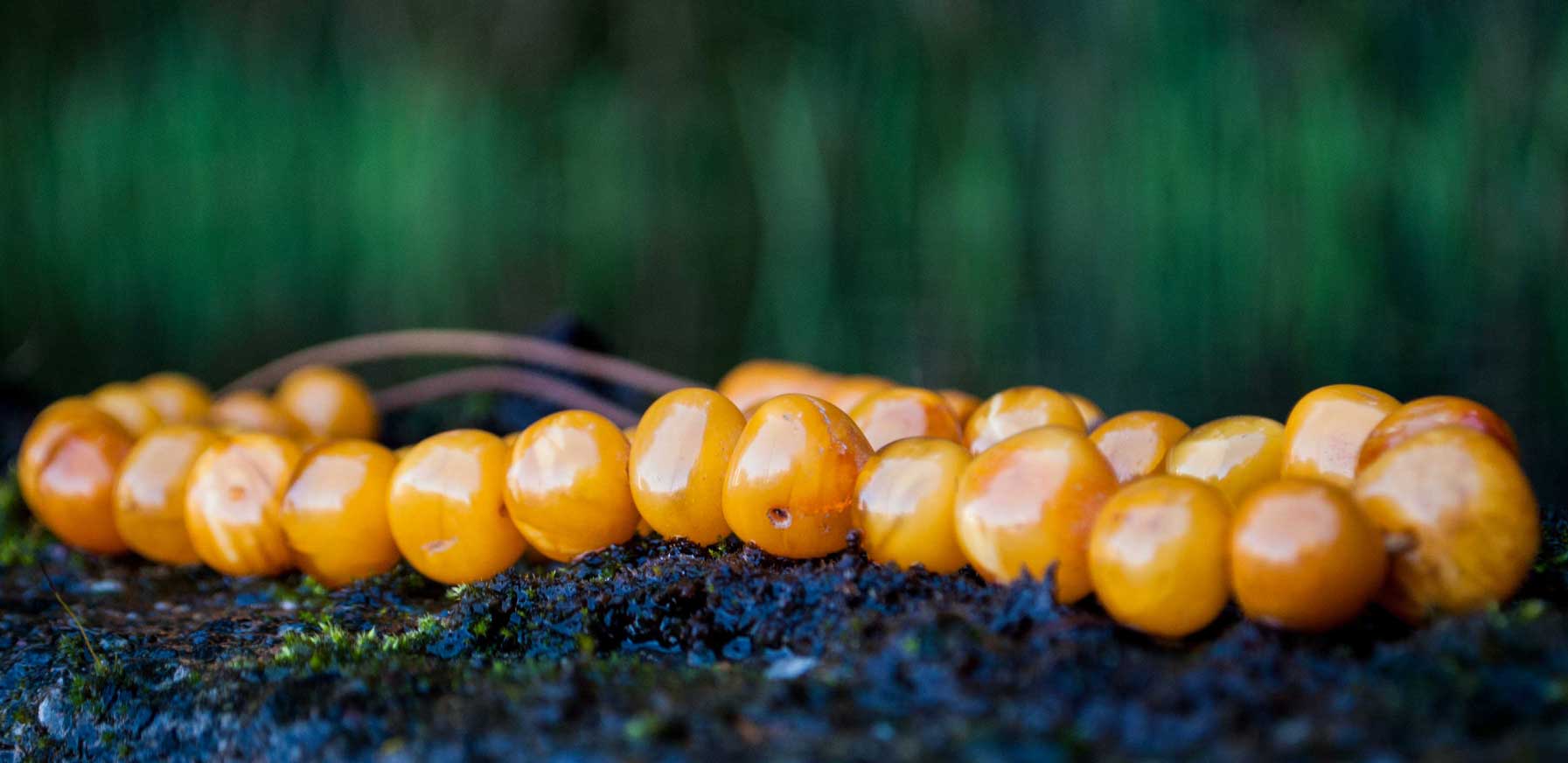People, since the ancient times, would always put faith in natural materials like beads or into the spirituality behind the meaning of shapes like the circle. They used to believe that a few beads tightly tied on a string would bring good fortune, break spells, drive all sicknesses away and show how faithful they are to their own God and Creator. The use of prayer beads (the rosary, as we call it nowadays) differs depending on peoples’ culture and religion. However, in every corner of this planet, all kinds of different civilizations, from the Inkas and the Mayas to the Indian sects and the Greeks, would include as part of their culture some type of a set of worry beads (kompoloi).
The presence of kompoloi in the ancient eras and civilizations
Beads in general and ancient forms of worry beads sets traces were found in the history and the remnants of ancient civilizations, like the Inkas, who would use them either as an amulet or as an ornament. These ancient tribes used to embroider their clothes and masks with beads because they believed that a few beads tied on a string would guarantee them the favor of their gods while keeping away all kinds of misfortune and disease.
The appearance of kompoloi in religion
Back in 500 BC sets of worry beads made their first appearance in the form of a rosary, way before its evolution into today’s form. The Buddhists and the Indians used to call it “Japa Mala” or just “Mala” and they would put it in great use while they were counting the number of their prayers or the number of their “Mantras” – a sacred word or phrase that’s being repeated multiple times by those who meditate. A typical Tibetan rosary usually consisted of 108 beads tightly tied on a piece of string, and many believed that this number symbolized the amount of wishes each mortal had on Earth. However, there has been evidence that people also used rosaries that consisted of 18, 27 and 54 beads. At that time a set of worry beads was also being used as some type of a spiritual abacus, as people had to repeat their prayers and caressing the beads would help a lot in meditation, focus and peace of mind. The materials that were being used in order to construct those sets of prayer beads were sandalwood, Lotus Bodhi seeds, various types of wood and coral (which was very rare and expensive because coral collection was strictly prohibited).
The evolution of kompoloi in the Middle East
When the rosary passed into the hands of Muslims, it was renamed and it consisted of 99 beads, that corresponded to the number of prayers people had to say – those prayers were divided into 3 sections of 33 beads. As time went by the number of beads was reduced to 33 and people would make their prayers while turning the rosary in their hands 3 times, so as to be precise to the amount of prayers they had to make. According to history, during the Ottoman Empire the rosary was not only a religious symbol, but also a tool of showing off somebody’s wealth and power. It was an item that was present in every single household in all social classes and the material of its beads was an indicator of its owner’s position in society. The wealthy landowners and the great lords would hold sets of prayer beads made out of expensive and rare materials (amber, mastic, gold etc.), while people from lower social strata would hold sets of prayer beads of a much smaller value. Eventually the rosary was established as not only a religious symbol, but also as a symbol of friendship, love or as a demonstration of somebody’s power.
The concept of kompoloi in today’s modern society
Worry beads sets (in their current shape and form) made their first appearence in Greece during the Ottoman era. Back in those days, we see a transformation, as the Greeks started to construct rosaries using either longer strings or fewer beads, so that they beads were not so tightly tied to one another and they could flow while people were turning them in their hands. The revamp that Greeks gave to the rosary could be translated either as a form of protest and sarcasm towards their oppressors or simply as a way to keep their hands busy so as to avoid handshakes, which were strictly prohibited by Turkish people. Then, they even changed its name into kompoloi, whose meaning derives from a phrase that translates to: “after every knot, I pray”. Eventually, as time went by it evolved into a medium of entertainment and relaxation.
“Today, a set of worry beads is like a jewel in its owner’s hand;
it keeps us company and it helps us drive our sadness away while we slowly caress the beads.”
– Mavridakis Eftichios


